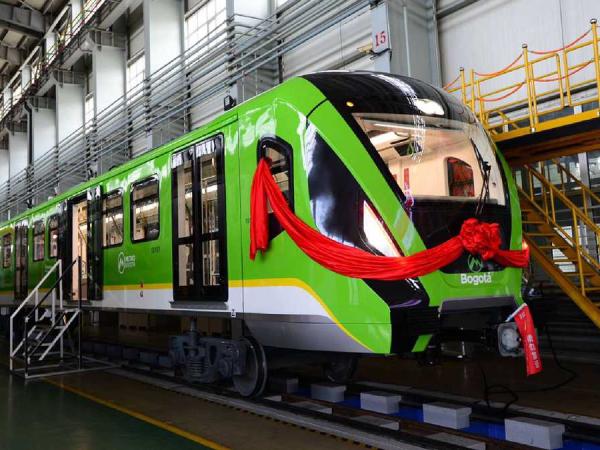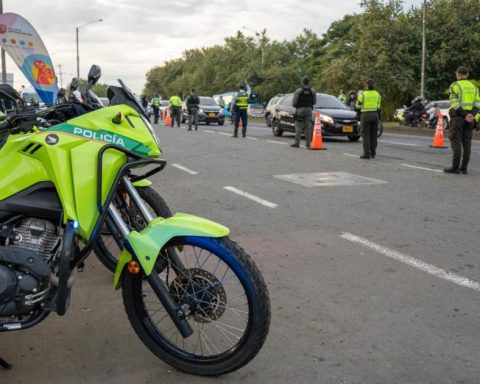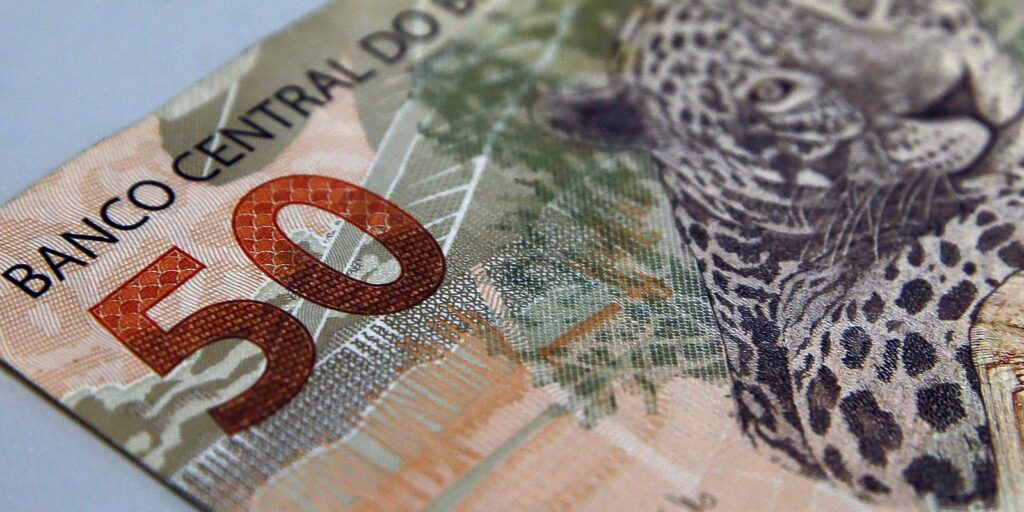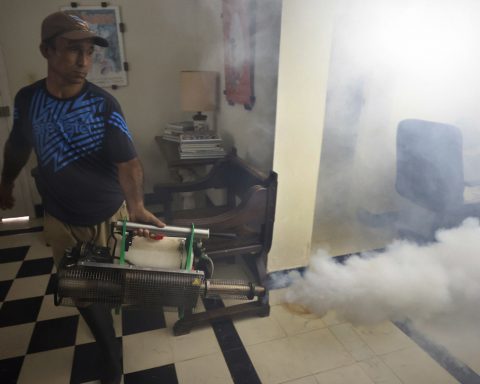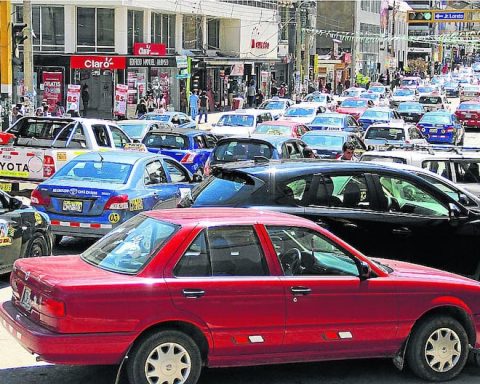This Friday, July 29, The National Planning Department (DNP) confirmed the approval of the Conpes that commits resources for the construction of the second line of the Metro and the 13th Street Trunk, in Bogotá, which would be underground.
(A contract is awarded to Conconcreto in civil works for the Bogotá Metro).
In the case of the Metro, the total investment will be $34.9 billion (70% with resources from the Nation and the remaining 30% contributed by the Capital District), and a total of $4.97 billion for the Troncal Calle 13 with the same percentage of participation in co-financing.
The second line of the Metro will have a mainly underground route, with a route from the northeast of the city on Calle 72 with Avenida Caracas, directly benefiting the towns of Chapinero, Barrios Unidos, Engativá, and Suba, ending in the northwestern zone in Fontanar del Río, where the Patio Taller will be located. It is estimated that the demand for the line will be more than 49 thousand passengers per hour in each direction.
(What will the wagons of the first line of the Bogotá Metro be like?).
For its part, the Troncal de la Calle 13 will begin at Carrera 50 to the limit with the Bogotá River, crossing the towns of Fontibón and Puente Aranda. The estimated demand for the corridor is around 15,000 passengers per hour in each direction, which will be served by 30 articulated and 74 bi-articulated buses, with electric technology.
Through social networks, the mayor Claudia López thanked the Government of President Iván Duque for guaranteeing the resources for the construction of the work and announced that the co-financing agreement will be signed on August 4.
With the construction of this second line of the Bogotá Metro, about 1.4 million inhabitants will benefit, in addition to a decrease in polluting emissions of more than 88 thousand tons of CO2 per year; and there will be annual travel time savings of 46.3 million hours in public transport and 15.6 million hours in private vehicles.
In the case of the Troncal de la Calle 13, about 34 thousand tons of CO2 per year will be avoided; there will be annual savings in travel time of 18.6 million hours in public transport and 21.8 million hours in private vehicles, and about 623 thousand hours for cargo vehicles, in addition to the improvement in the quality of life of more than 643 thousand inhabitants.
It is highlighted that these projects will increase the capacity and coverage of the public transport system, and will reduce travel times, improving the mobility conditions of the inhabitants of the towns of Suba, Engativá, Barrios Unidos, Fontibón and Puente Aranda. Its execution will contribute to the improvement of the quality of life of at least two million inhabitants in Bogotá.
BRIEFCASE
